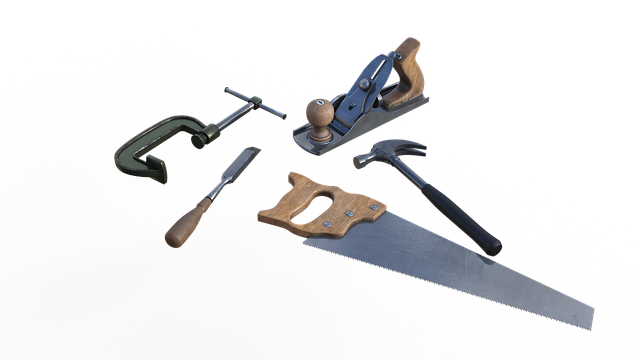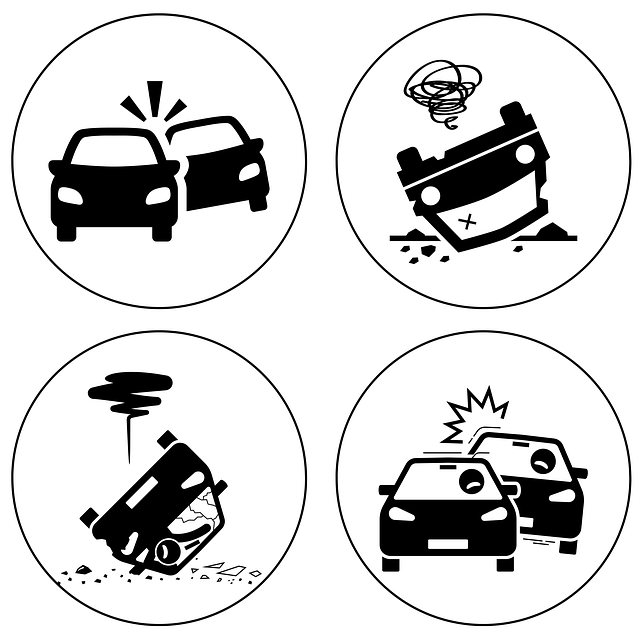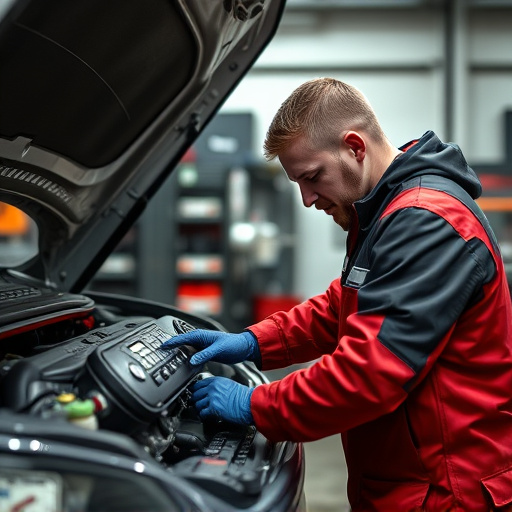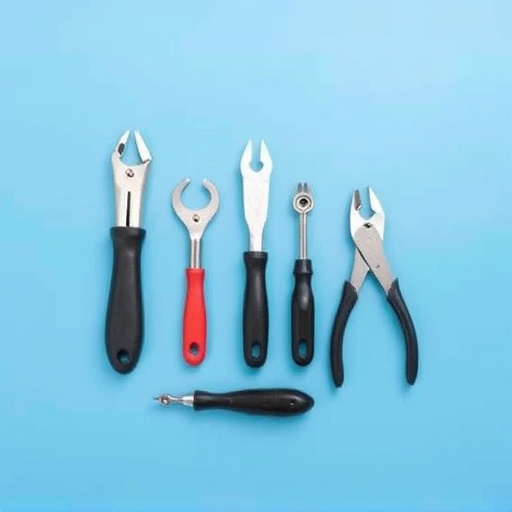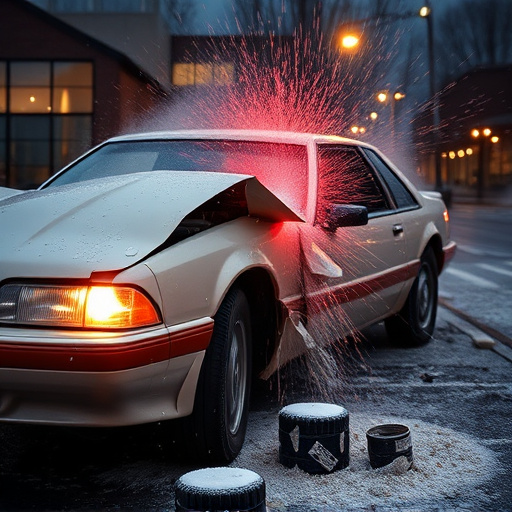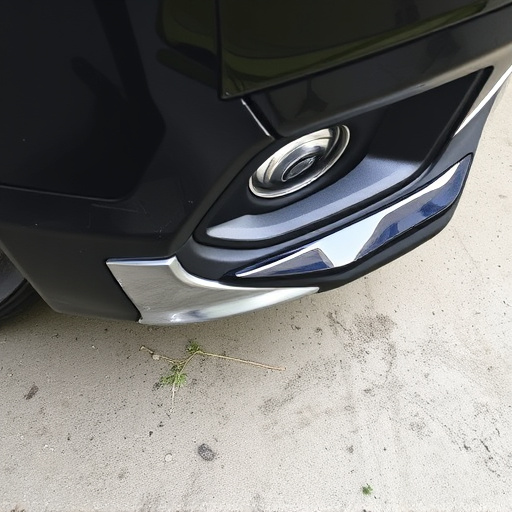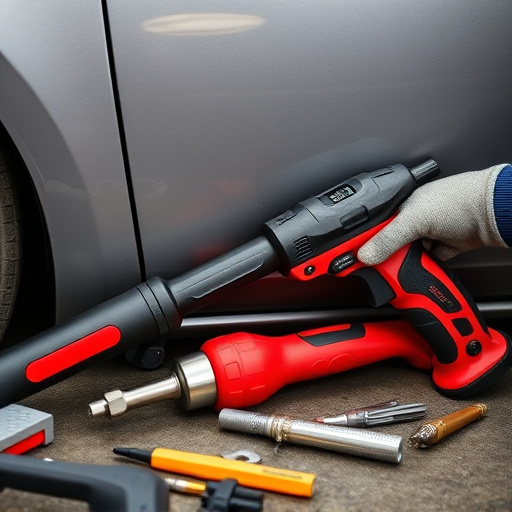Collision audits are crucial for enhancing customer safety assurance in auto repair shops. They thoroughly examine every stage of vehicle collision repairs and maintenance, identifying risks through data analysis of historical collisions. By documenting findings, assessing equipment and skills, and checking regulatory compliance, these audits empower shops to improve efficiency, optimize performance, and safeguard customers. Best practices include a comprehensive audit framework, regular auditor training, digital documentation, and commitment to safety standards, ensuring both structural integrity and aesthetic appeal in repairs.
Collision audits, a critical component of customer safety assurance, play a pivotal role in identifying risks and enhancing vehicle safety. This comprehensive audit process meticulously examines collision data, offering invaluable insights into potential hazards and performance gaps. By leveraging these insights, companies can implement targeted improvements, ensuring ongoing customer safety. This article delves into the significance of collision audits, exploring data-driven strategies and best practices to fortify customer safety assurance measures.
- Understanding Collision Audits for Customer Safety
- The Role of Data in Ensuring Ongoing Assurance
- Best Practices to Implement and Maintain Customer Safety Assurance Through Collision Audits
Understanding Collision Audits for Customer Safety

Collision audits are an essential component of customer safety assurance, providing a thorough and systematic approach to evaluating vehicle collision repair processes. These audits focus on ensuring that auto repair shops adhere to stringent safety standards during both the repair and maintenance phases. By meticulously examining every aspect of the vehicle’s history and condition, from initial assessment to final inspection, auditors can identify potential risks or weaknesses in the repair process. This proactive measure is crucial for preventing future accidents and maintaining customer trust.
Through collision audits, fleet repair services can gain valuable insights into areas requiring improvement. It involves a comprehensive review of documentation, equipment usage, technician skills, and adherence to industry regulations. By implementing the findings, auto repair shops can enhance their overall efficiency, improve vehicle performance, and ultimately contribute to the safety of their customers on the road.
The Role of Data in Ensuring Ongoing Assurance
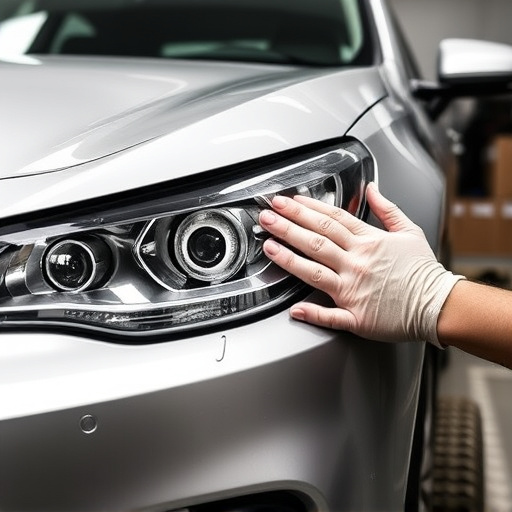
The role of data is pivotal in maintaining customer safety assurance, especially when it comes to collision audits. By meticulously analyzing historical collision data, automotive body shops can identify patterns and trends that may indicate recurring issues or areas needing improvement. This predictive approach allows for proactive measures to be taken, ensuring that both the shop’s processes and the vehicles they service are up to par.
Through comprehensive data analysis, shops can track the effectiveness of repair methods, monitor the quality of vehicle repairs (including car body repair), and understand customer satisfaction levels. Utilizing these insights, automotive body shops can refine their services, offering more efficient and reliable vehicle repair services. This ongoing data-driven assurance is crucial in fostering trust and ensuring customer safety in every interaction with the shop, from collision repair to routine maintenance.
Best Practices to Implement and Maintain Customer Safety Assurance Through Collision Audits

To implement and maintain robust customer safety assurance through collision audits, several best practices should be embraced. First, establishing a comprehensive audit framework that covers all critical components of a vehicle’s structure and systems is essential. This includes not just exterior panels like bumper repair and vehicle restoration but also interior systems and safety features. Regular training sessions for auditors ensure they stay updated with the latest standards and technologies, enabling them to accurately assess damage and recommend appropriate repairs.
Additionally, digital documentation and record-keeping streamline the process, making it easier to track vehicle history and identify recurring issues. Implementing these best practices enhances customer trust by demonstrating a commitment to not just fixing accidents but also ensuring ongoing safety. This is particularly evident in high-end brands like Mercedes Benz collision repair, where meticulous restoration techniques are employed to maintain both aesthetic appeal and structural integrity.
Collision audits, by meticulously analyzing past incidents and identifying patterns, serve as a powerful tool for enhancing customer safety assurance. By leveraging data-driven insights, businesses can proactively mitigate risks and continually improve their operations. Implementing best practices ensures that these audits are not one-time events but become an integral part of a robust safety culture, fostering a safer and more secure environment for all customers.
